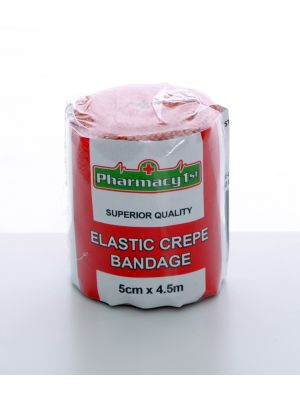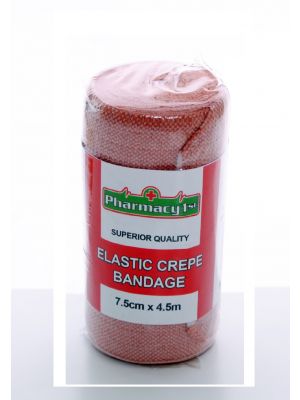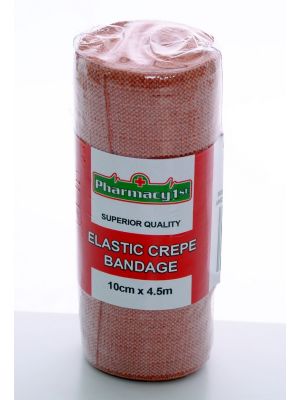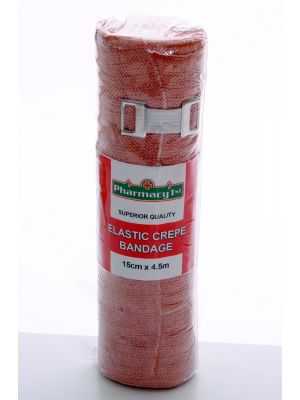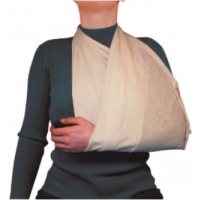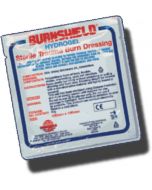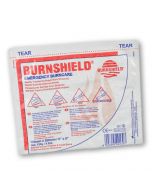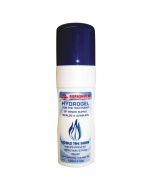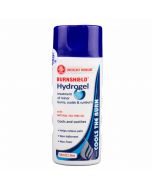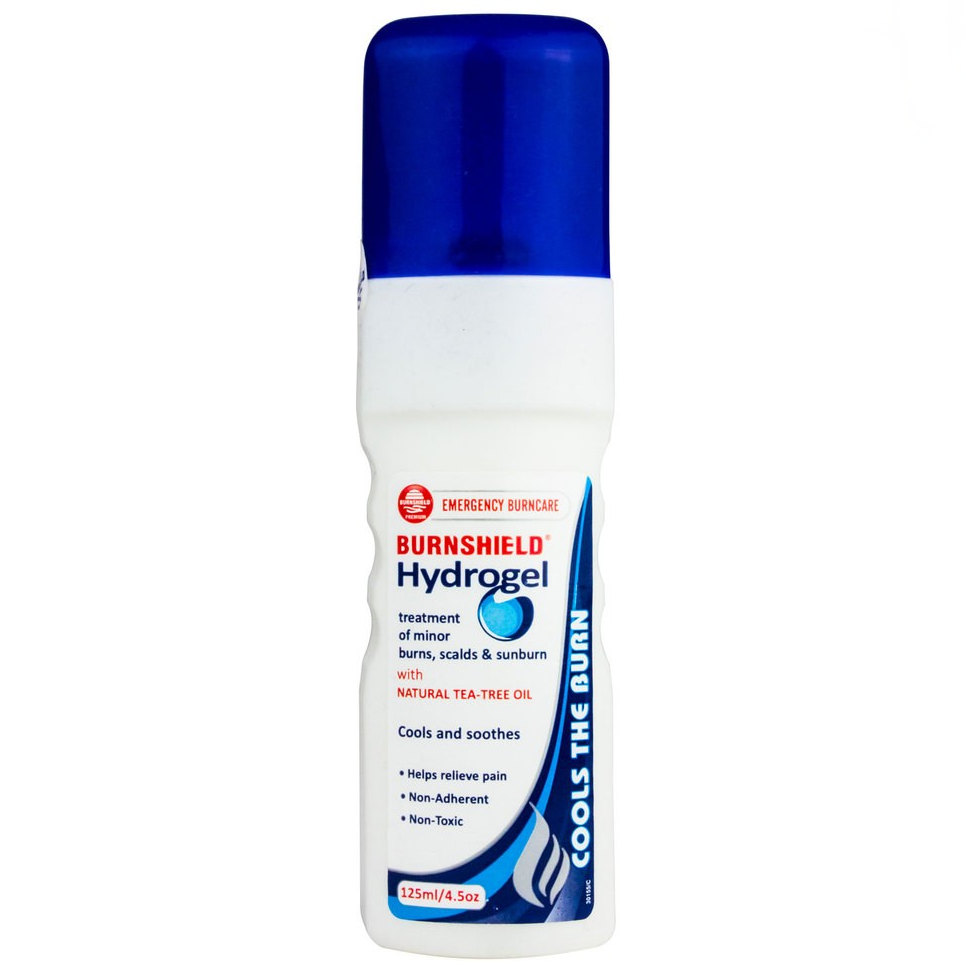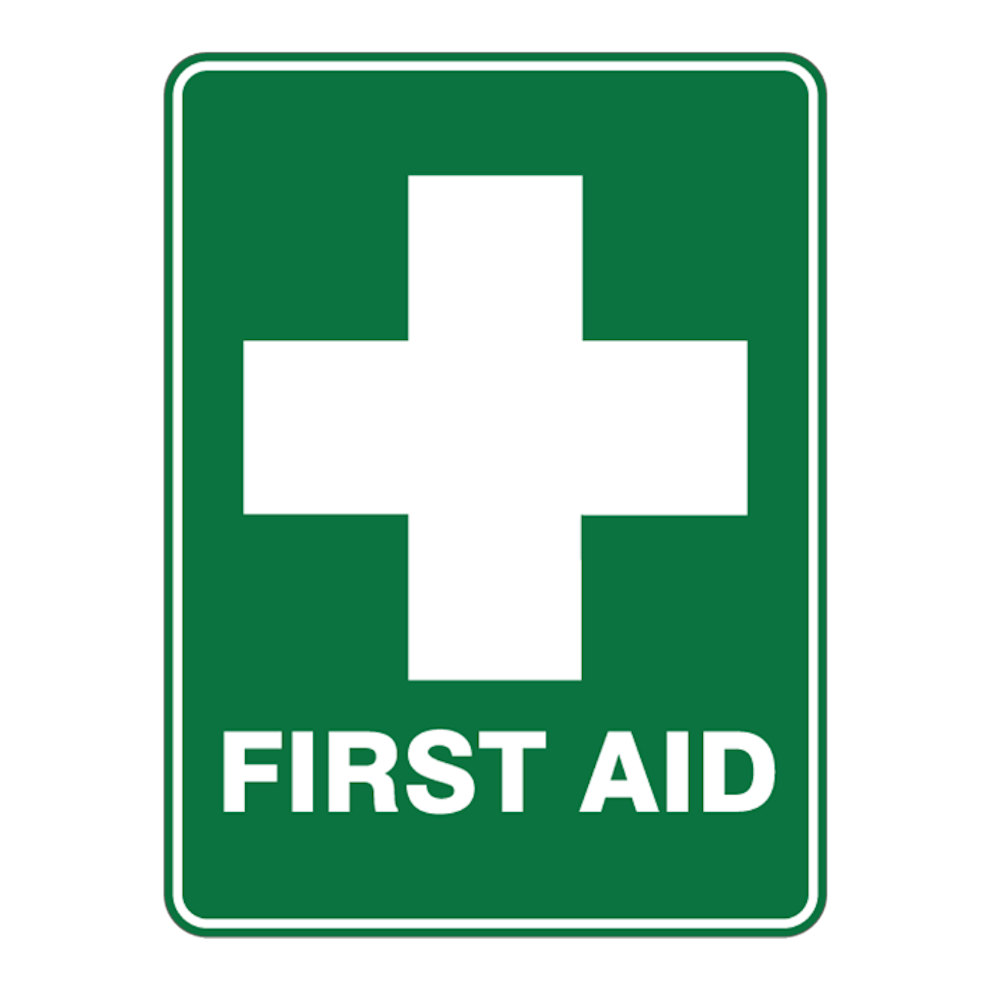How do I apply a bandage?
The key points when applying a bandage are:
- Make sure the person is comfortable and tell them what you're doing.
- Work from the side of the injury so you don't have to lean across their body.
- Keep the injured part of the body supported in the position it'll be in when the bandage is on.
- Use the right size bandage – different parts of the body need different widths of bandage.
- Avoid covering fingers or toes when bandaging a limb so you can easily check the circulation.
- Apply the bandage firmly, but not tightly, and secure the end by folding it over and tying a knot in the end. You can also use a safety pin, tape or a bandage clip.
- As soon as the bandage is on, ask if it feels too tight and check the circulation by pressing on a fingernail or a piece of skin until it turns pale. If the colour doesn't return straight away, the bandage may be too tight, so you should loosen it. Limbs can swell up after an injury, so check the circulation every 10 minutes after you've put the bandage on.
Roller bandages
There are three types of roller bandage:
- bandages made of open-weave material allow ventilation, but don't put pressure on wounds and don't support joints
- elasticated bandages mould to a person's body shape, and are used to secure dressings and support soft tissue injuries like sprains
- crepe bandages are used to give firm support to injured joints
To apply a roller bandage:
- keep the rolled part of the bandage above the injury and the unrolled part below the injury
- begin by wrapping twice around the injury to hold the end in place
- work up the limb, winding the bandage in spiralling turns, making sure that each new layer covers one-third to two-thirds of the previous one
- finish by wrapping the bandage around once more and securing the end
When applying bandages to elbows and knees to hold dressings in place or support sprains or strains, flex the joint slightly, apply the bandage in a figure of eight, and extend the bandage quite far on each side of the joint.
When applying bandages on hands to hold dressings in place or support sprains and strains, work from the inside of the wrist using diagonal turns across the back of the hand to the end of the little finger, leaving the thumb free.
Tubular bandages
Tubular bandages are used to hold dressings on fingers or toes, or support injured joints. They're made of seamless fabric tube.
You can get elasticated ones to place over joints such as the ankle. Ones made of tubular gauze can be placed over fingers or toes, but don't provide any pressure to stop bleeding.
Before placing a tubular bandage over an injury, you may need to cut it to a smaller size.
Triangular bandages
Triangular bandages can be used as large dressings, as slings to support a limb, or to secure a dressing in place.
If you're using a triangular bandage as a sling on an arm, you use it opened out.
You should:
- ask the person to hold their arm across their chest and support the arm while you work
- put the bandage under the arm and around the back of the neck
- put the other half of the bandage over the arm to meet at the shoulder and tie into a knot
- tuck the loose ends of the bandage in at the elbow, or use a pin
If you're using a triangular bandage to support a lower limb or large dressing, fold it in half horizontally so the point of the triangle touches the middle of the long edge. Then fold it in half again in the same direction to make a broad strip.

